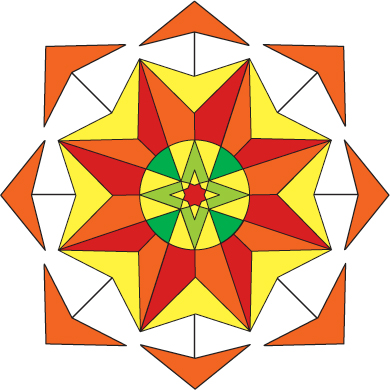The connection between neck tension and upper back pain is not always clear, but understanding it can lead to faster resolution of both.
Many of my clients who report stiffness and pain in the upper neck or tension at the base of the skull often also report painful areas in their upper back and shoulder. When there are structural issues such as slightly out of position or misaligned upper vertebrae in the neck* or tight muscles associated with movement of the scapula, which then pulls on the opposite attachment of the Levator Scapula** Trigger Points may form. these trigger points cause pain, further inhibiting movement.
* The upper vertebra in the neck are C1-C4, which are attachment points for the Levator Scapulae.
** The Levator Scapulae is a muscle at the medial border of the scapula extending from superior angle of the scapula to the junction of spine.
Structurally, if the vertebrae are misaligned, then poor posture from our daily physical activities like driving to and from work, desk or computer work, construction, etc. can have an effect of shortening the muscle, creating the Trigger Point. In addition, emotional stressors or trauma can also play a role in causing muscle tension. If we are vulnerable to depression and anxiety from whatever source, we tend to have a “turtle shell” effect where the neck drops and our shoulders move up sinking in to our “shell”.
In between having effective massage treatments to deactivate Trigger Points and neck tension, there are some extremely useful stretches that can be done independently to continue to recover from this structural imbalance. I often recommend specific stretches tailored to my patients to help aid in their recovery and increase their own body mechanics understanding. We go over the process of doing these stretches together to be sure the proper form is used and correct range of motion is accessed.
The great thing about these kind of stretches is they can be done just about anywhere, anytime. These images are examples of what kind of stretches can be done; this is not meant to be a substitute for one on one direct analysis and instruction, to be sure you have the right set of stretches for your specific concerns. Remember, when stretching always go to your own comfort level be aware of your own limitations. After we’ve gone over what stretches are right for you in person, don’t be discouraged if the stretch seems stiff or awkward when you do it on your own; again, do what feels right, nothing more and when your next massage comes around we’ll work on it together!
Authored by: Trent Wilson, LMT


